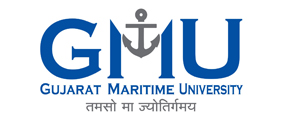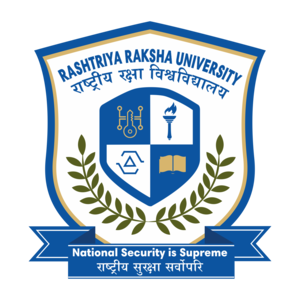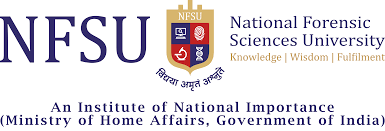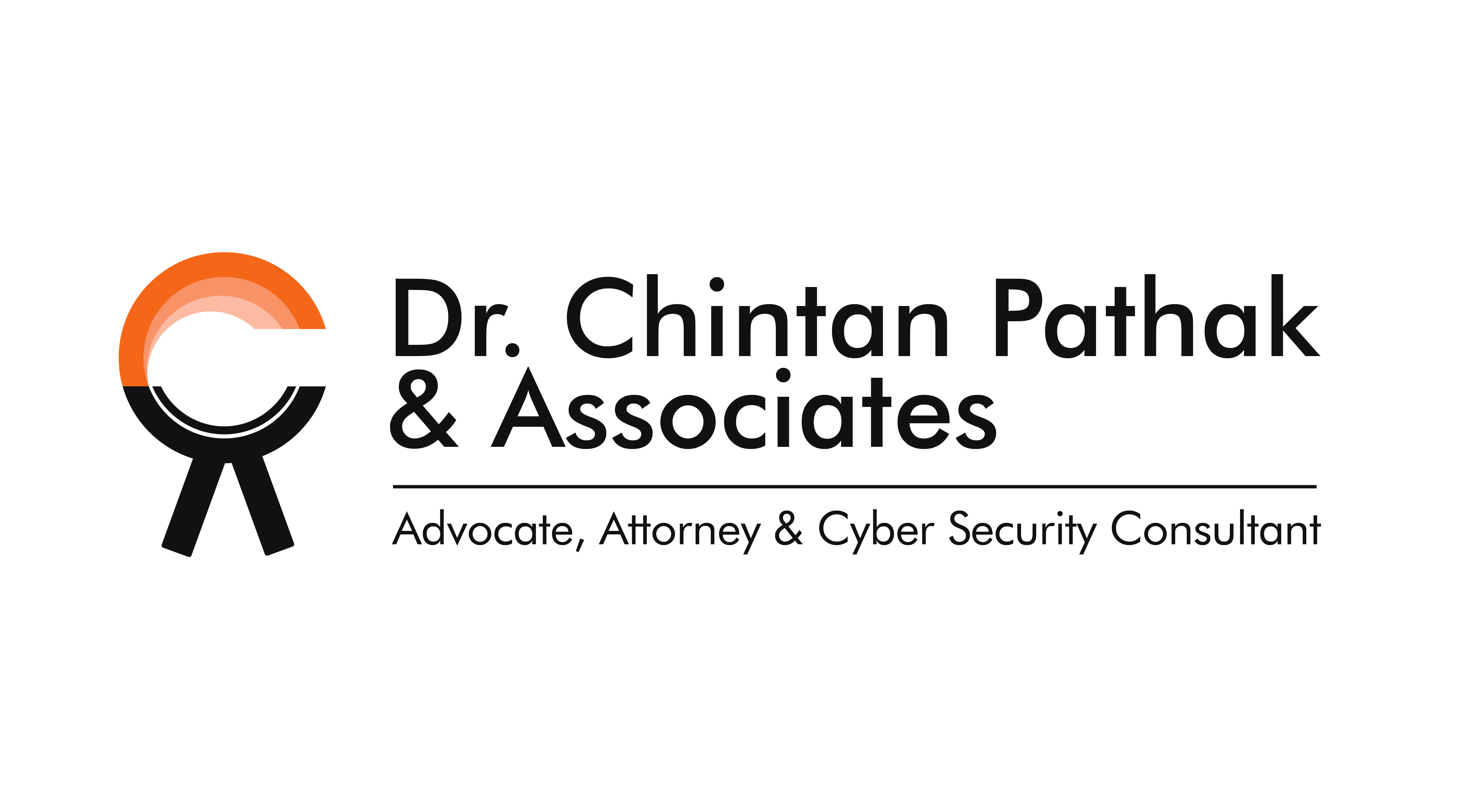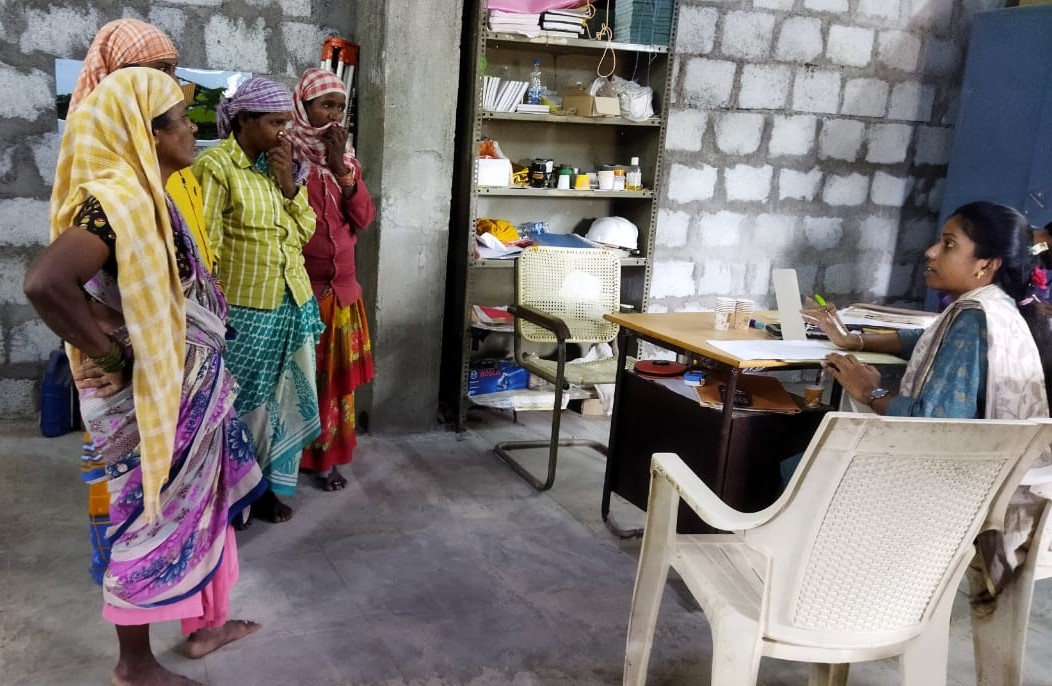
Critical Analysis of National Education Policy 2020
Critical Analysis of National Education Policy 2020
- Krutika Dudharejiya
Introduction
Since India\'s independence in 1947, the Union government has formed various educational policies and commissions to improve the education system and illiteracy levels in India. The first National Education Policy was formed in 1968 which was later modified in the years 1986 and 1992. After almost three decades, a revolutionary change was brought to the Indian Education system by the formulation of National Education Policy 2020. It aims for an Indian education system that focuses directly on transforming our nation sustainably
into an equitable and vibrant knowledge society, by providing high quality education to all. But much of its success depends upon its execution. If it is implemented in its true vision, the new structure can bring India at par with the leading countries of the world.
Key features of NEP 2020
●It emphasizes the criticality of early childhood education and the persistence of its advantages throughout an individual’s life.
●It recognizes the learning difficulties in language and mathematics during the primary school years and its impact on children.
●It appreciates the progress in enrollment and it expresses concern at our inability to retain all children in school till Grade 12.
●It envisages a new curricular and pedagogical structure for school education that is responsive and relevant to the needs and interests of learners at different stages of their development.
●It aims to transform curriculum & pedagogy by 2022 to encourage holistic development with minimal rote learning.
●It aims to shape an education system that benefits all of India’s children.
●This Policy reiterates the thought that quality education is dependent upon the quality of the teacher.
●It aims to ensure rigorous teacher preparation in vibrant multidisciplinary institutions.
●It plans to render the school governance more effective and efficient while facilitating the sharing of resources through school infrastructure.
●It believes that regulation must become an engine of educational improvement and energize India’s school education system.
●It aims to appropriately integrate tech into all levels of Indian education system.
●It believes that vocational education must be an important part of education. Thus it aims to provide access to vocational education to at least 50% of all learners by 2025.
●It aims to achieve 100 youth and adult literacy by 2030 and significantly expand adult and continuing education programmes.
●The Policy will make sure the preservation, growth, and vibrancy of all Indian languages.
●Higher education has a new vision and architecture under the Policy with large, well resourced, vibrant multidisciplinary institutions.
●The Policy envisages an imaginative and broad based liberal undergraduate education with rigorous specialization in chosen disciplines and fields.
●It envisions a joyful, rigorous and responsive curriculum, engaging and effective pedagogy, and caring support to optimize learning and the overall development of students.
●Quality and engagement by faculty is important for the success of higher education : this Policy puts faculty back into the heart of higher education.
●It sees independent, self governed higher education institutions with capable and ethical leadership as a driver of educational change.
●This Policy aims to set up effective and responsive rules and regulations to encourage academic excellence and public hope in higher education.
●It aims to build a holistic approach to the preparation of professionals, by ensuring broad based competencies, an understanding of the social human context, a strong ethical compass, in addition to the highest quality professional capacities.
●This Policy emphasizes strongly on catalyzing and energizing research and innovation across the country in all academic disciplines.
●Rashtriya Siksha Aayog- the Indian education system needs inspiring leadership which will also ensure excellence of execution.
●This Policy is committed to raising educational investment- there is no better investment towards society’s future.
Disadvantages of NEP 2020
●This policy is silent on the Institutions of Eminence and agencies like the Higher Education Funding Agency.
●It creates a lack of sufficient clarity regarding curricular, pedagogical and teacher education-related issues that disrupt the teaching and learning of early literacy.
●The policy advises mostly oral activities for the pre-primary grades, reading activities for Grades 1-3, with an extra hour for writing starting only in Grades 4 and 5. It contradicts research suggesting that children should be taught listening, speaking, reading and writing simultaneously and not in a sequence.
●It does not discuss how to prepare teachers to successfully teach foundational literacy in a multilingual country. Instead, it\'s recommendation lies in recruiting volunteers and community members to support the matter of early literacy. Volunteers can be useful, but cannot be the primary force to deliver foundational education to students.
●The diagnosis of the causes behind the severe learning crisis - namely poor school and teacher accountability isn\'t apt. There is no fundamental reform proposed for revamping the accountability structures of the schools. Instead, the NEP provides school management committees (SMCs). SMCs already mandated under the RTE Act are ineffectual.
●With the democratization of knowledge and availability of technology for easy access to information, the policy should have focused more on how to teach and not only on what to teach.
●The National Research Foundation (NRF) is tasked with "permeating the culture of research and innovation" and addressing societal challenges. But, there\'s no mechanism, like innovative curricula or extension units, for tier II or tier III institutions to figure out the local problems. It has no access or accountability to people or their representatives.
●Our Constitution puts education within the Concurrent List, giving authority and responsibility to the States and also the Centre. However, the draft had robbed the States by creating an excessively centralized structure of authority and vesting overarching powers with the PM-led Rashtriya Shiksha Aayog (RSA).
●In promoting the study of regional languages, the importance of English is neglected. Those that are fluent in English language have households with three times higher income than those without any knowledge of English. By ignoring this, this policy has laid out a "language trap", which can create social inequality and impede economic growth due to loss of the demographic dividend.
●The report doesn\'t stress enough on the importance and responsibility of state governments in conferring education to the masses.
Challenges in implementation of NEP
The extension of free and compulsory education from only grades 1-8 to preschool and secondary levels is welcome and overdue; yet one wonders how the costs of doing this will be met. 1993, the Supreme Court mandated in the Unnikrishnan case that every child below the age of 14 years had a right to free education, yet when the RTE Act was finally passed it only included children between the ages of 6 to 14 years because the country could not afford the cost of preschool. Extending compulsory education both to preschool and secondary education will require a very large Financial fund.
However, the emphasis placed on preschool and foundational learning is timely, given the frightening picture of illiteracy in schools painted by the government’s own National Achievement Surveys (NAS) and Pratham’s yearly Annual Status of Education Reports (ASER). The truth is that basic reading, writing, and numeracy skills need to be built before class 2, failing which a student will struggle to keep up with increasingly complex subjects, and perhaps drop out altogether. The suggestion to introduce a reception class before class 1 is on point and something that educationists have long sought. But the recommendations for short training programmes for anganwadi workers and the use of volunteers to ensure foundational learning seem at odds with the objectives intended here, harking back to the much-criticised use of ‘para’ teachers in Sarva Shiksha Abhiyan (SSA) or the each-one-teach-one approach of the National Literacy Mission. We have had enough experience in the last few decades of the short cuts that can be adopted by states in implementing such well-intentioned strategies, and it would be a pity to witness a recurrence.
The dilution of minimum infrastructure as presently required by the Act would be a heaven-sent boon for operators of low-cost budget schools, but will need to be accompanied by strong measures that ensure achievement of the envisaged outcomes. Failure to institute such measures would only result in a large proportion of students being denied a minimum learning environment and actual learning.
The policy’s failure to address the role of the private sector in school education in a is somewhat disappointing. Available data indicates that nearly 45 percent of school students are enrolled in some form of private school and this proportion increases each year; at the secondary level, nearly two-thirds of all schools are under private management. This could have been an opportunity to break with the past and introduce a regulated investment framework for private provisioning in recognition of the reality that such schools are here to stay, but it seems to have been sidestepped.
A provision causing some controversy has been the policy’s recommendation to teach in the mother tongue at the primary level, and if possible, up to class 8. A significant concern though, would be the availability of trained teachers to handle such multi-lingual teaching as well as several of the other measures proposed.
Conclusion
NEP 2020 lays out an encouragingly hopeful vision for the future if successive governments can stay true to it. However, for it to be a truly national vision, it would be appropriate for it to be discussed and adopted by Parliament in the manner that the National Policy on Education 1986 was, which allowed it to stand the test of time. Without parliamentary approval, any such policy remains an executive decision which runs the risk of being arbitrarily overturned by a future government.
